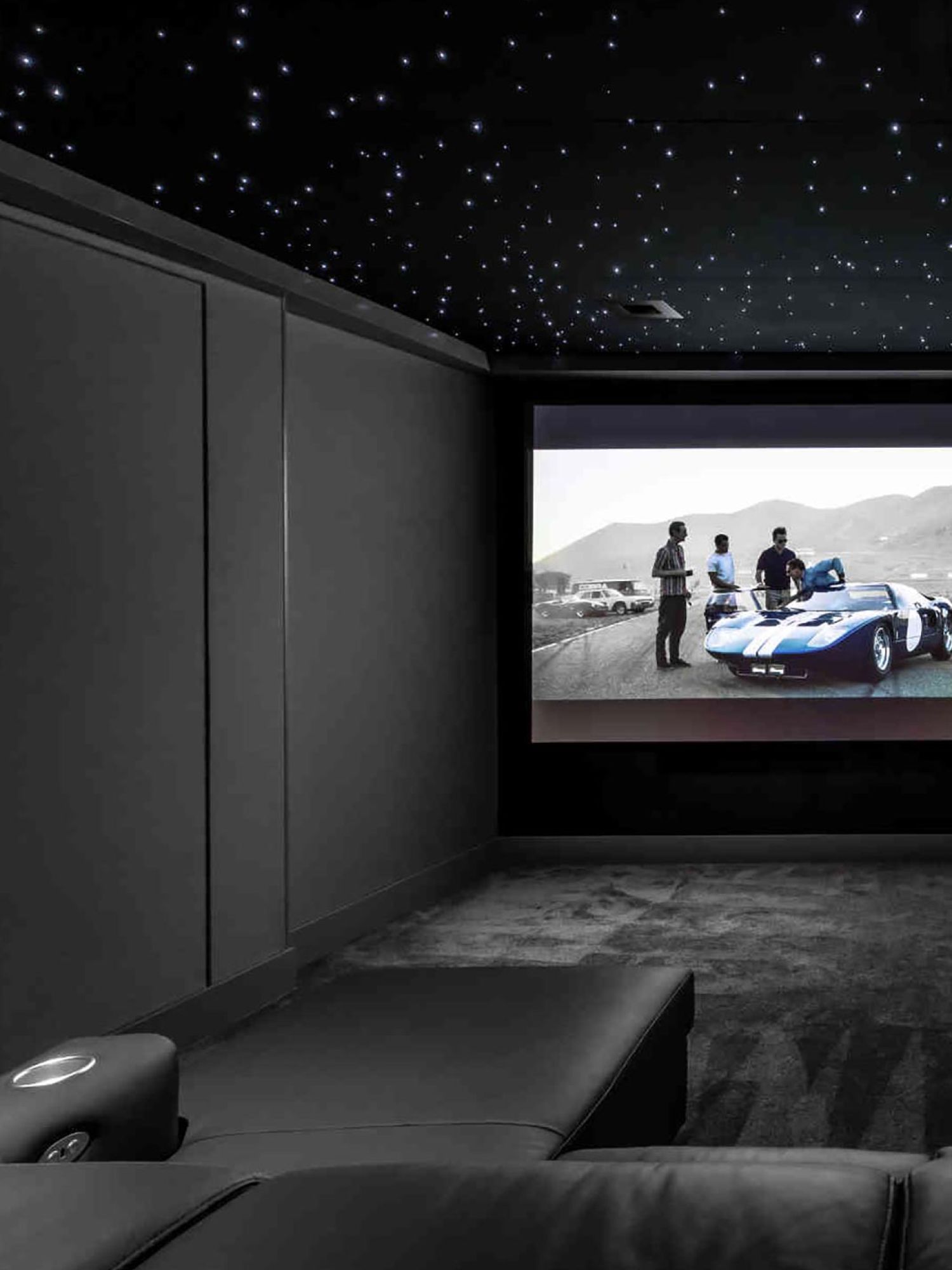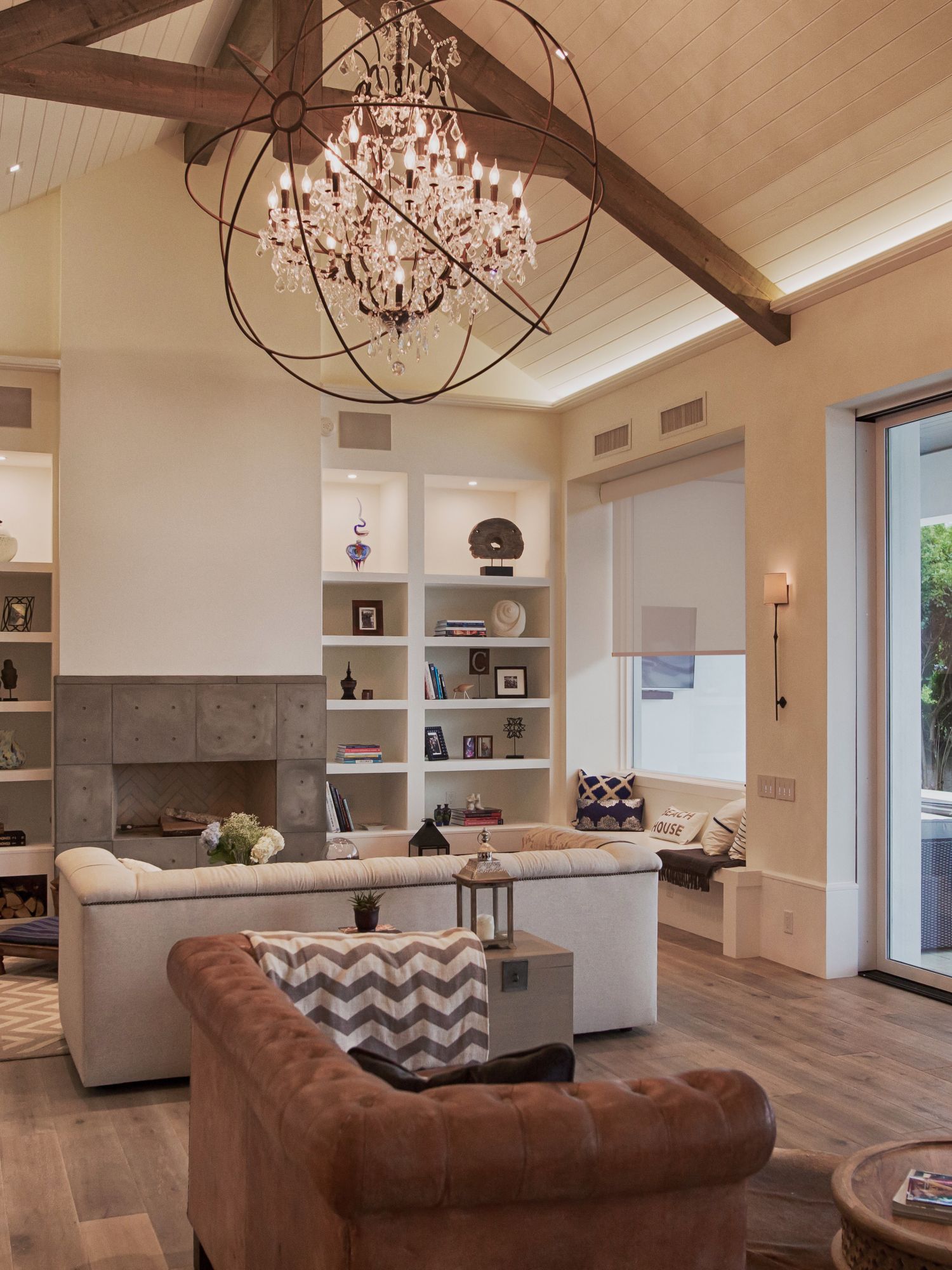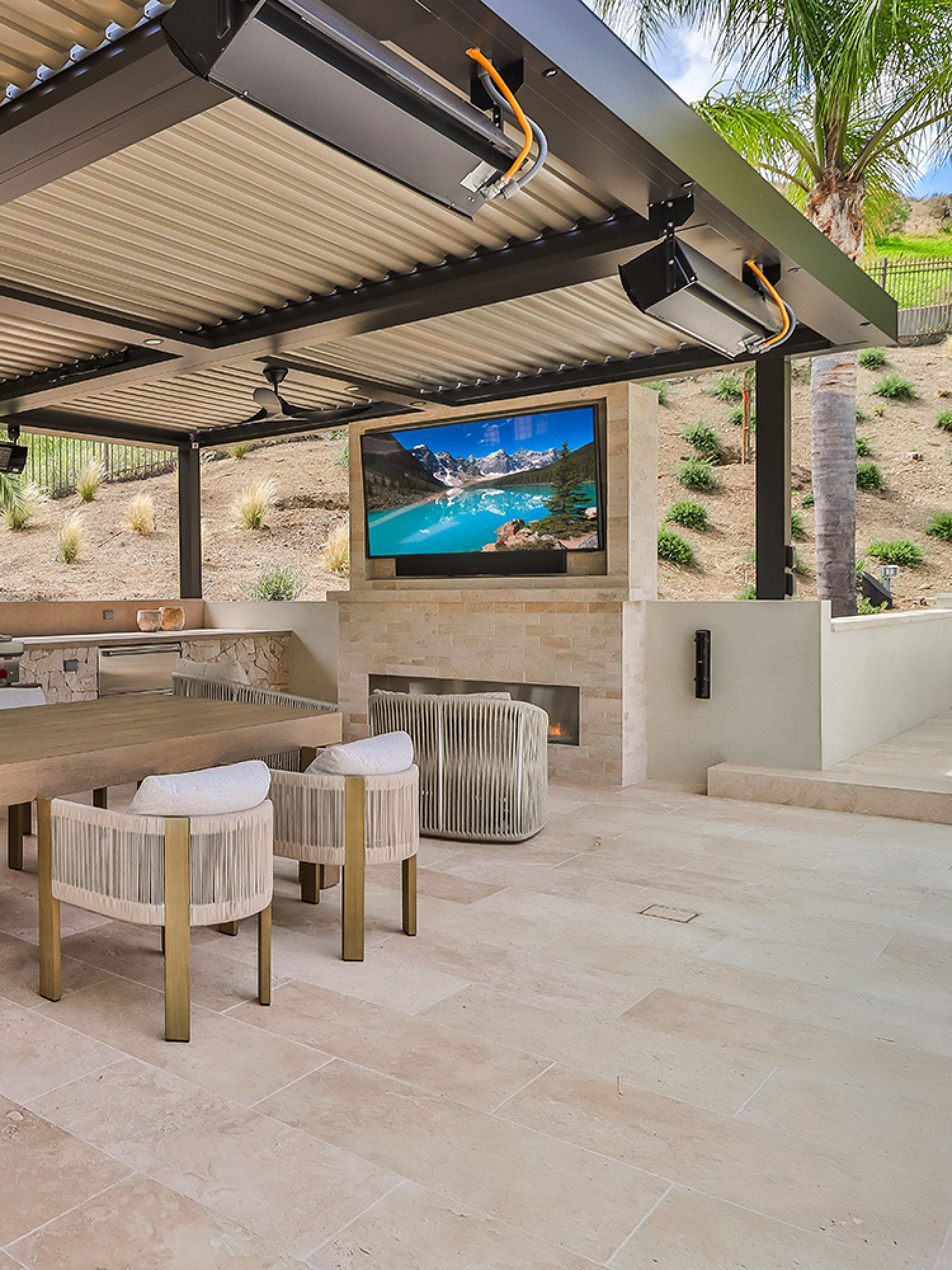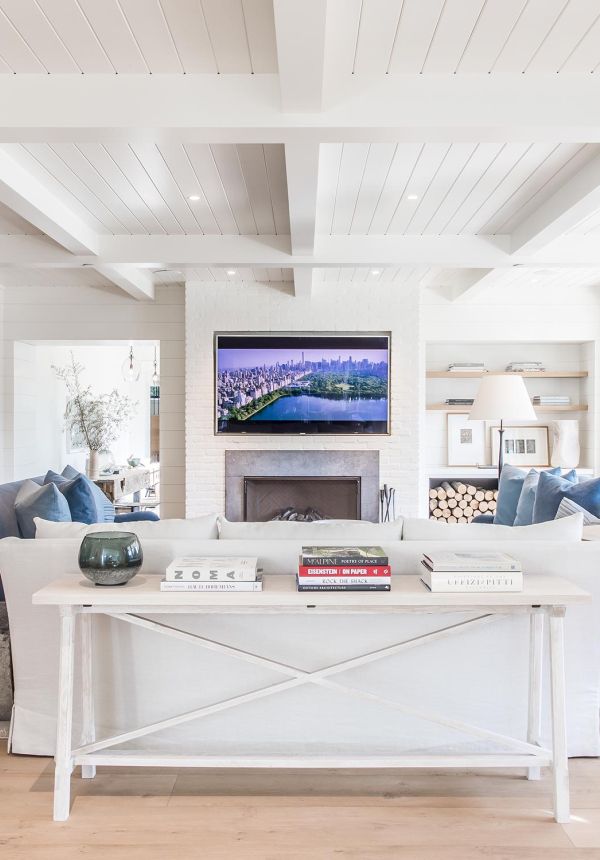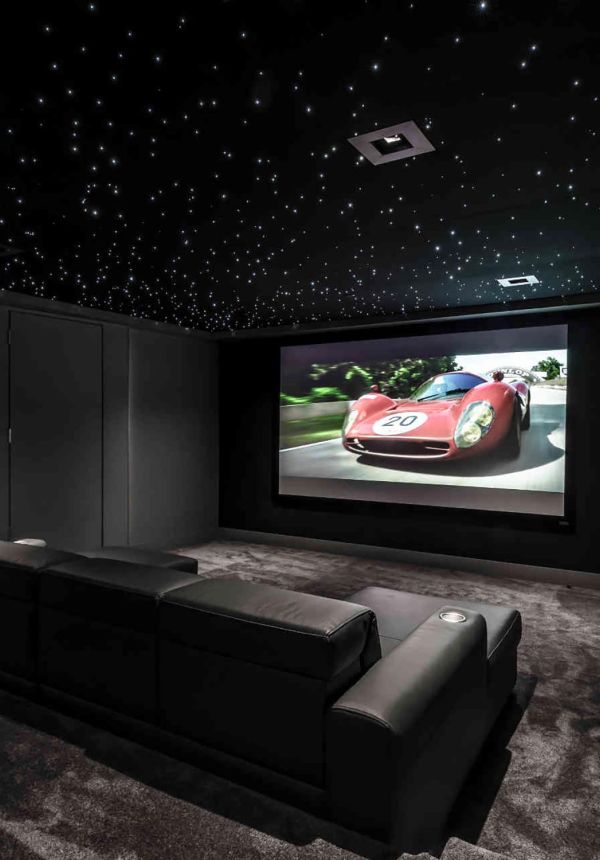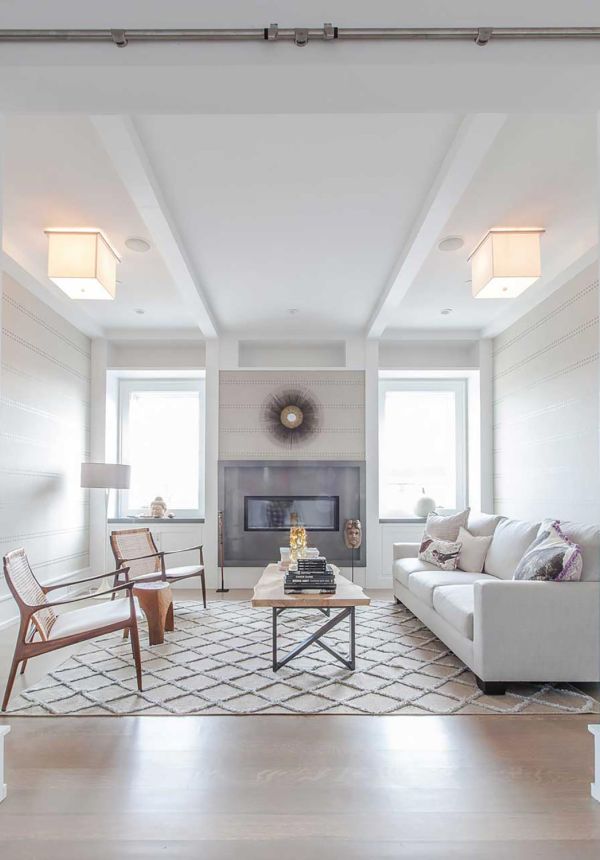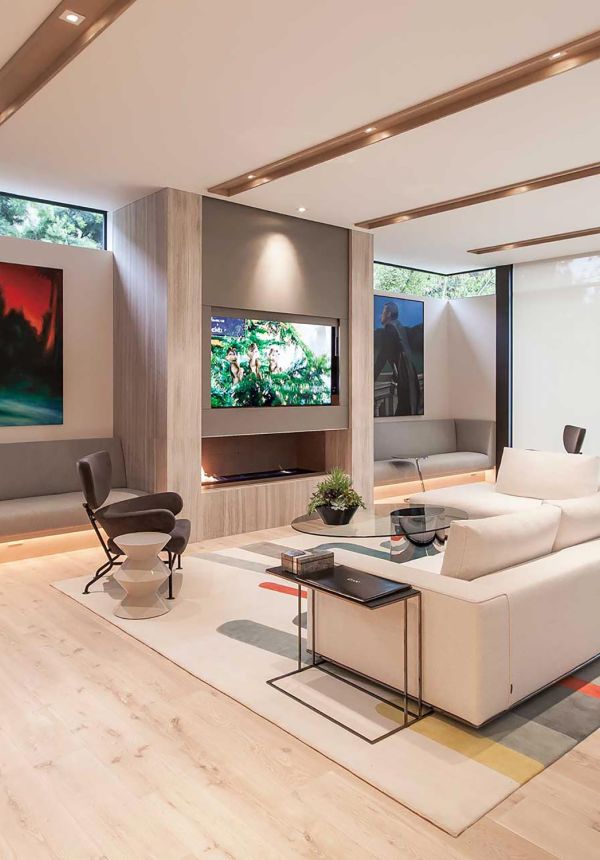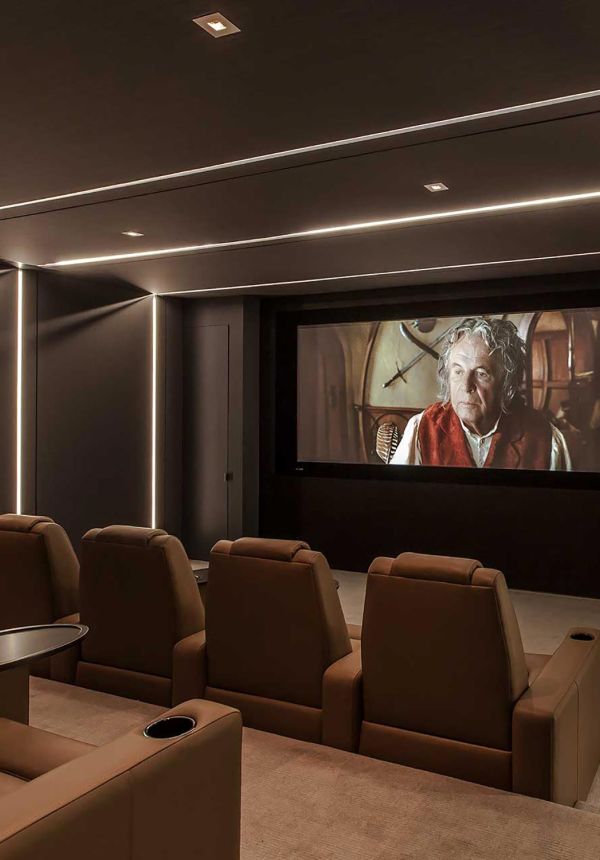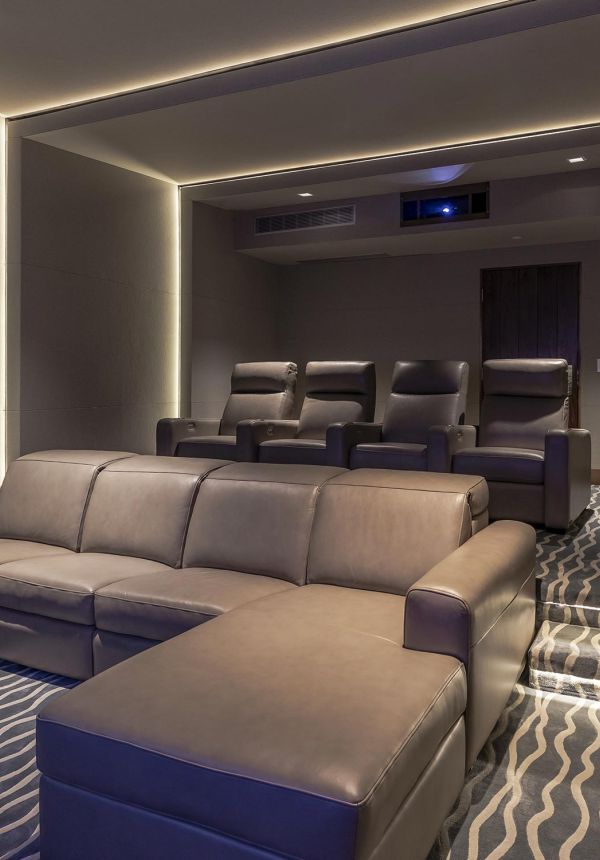Smart Home Technology at your fingertips
Elevate your living experience by giving your family the power to seamlessly manage every aspect of your home with our user-friendly smart home automation, lighting control and whole home audio video systems. Explore our services in Los Angeles, Malibu, Santa Monica and all Ventura County cities.
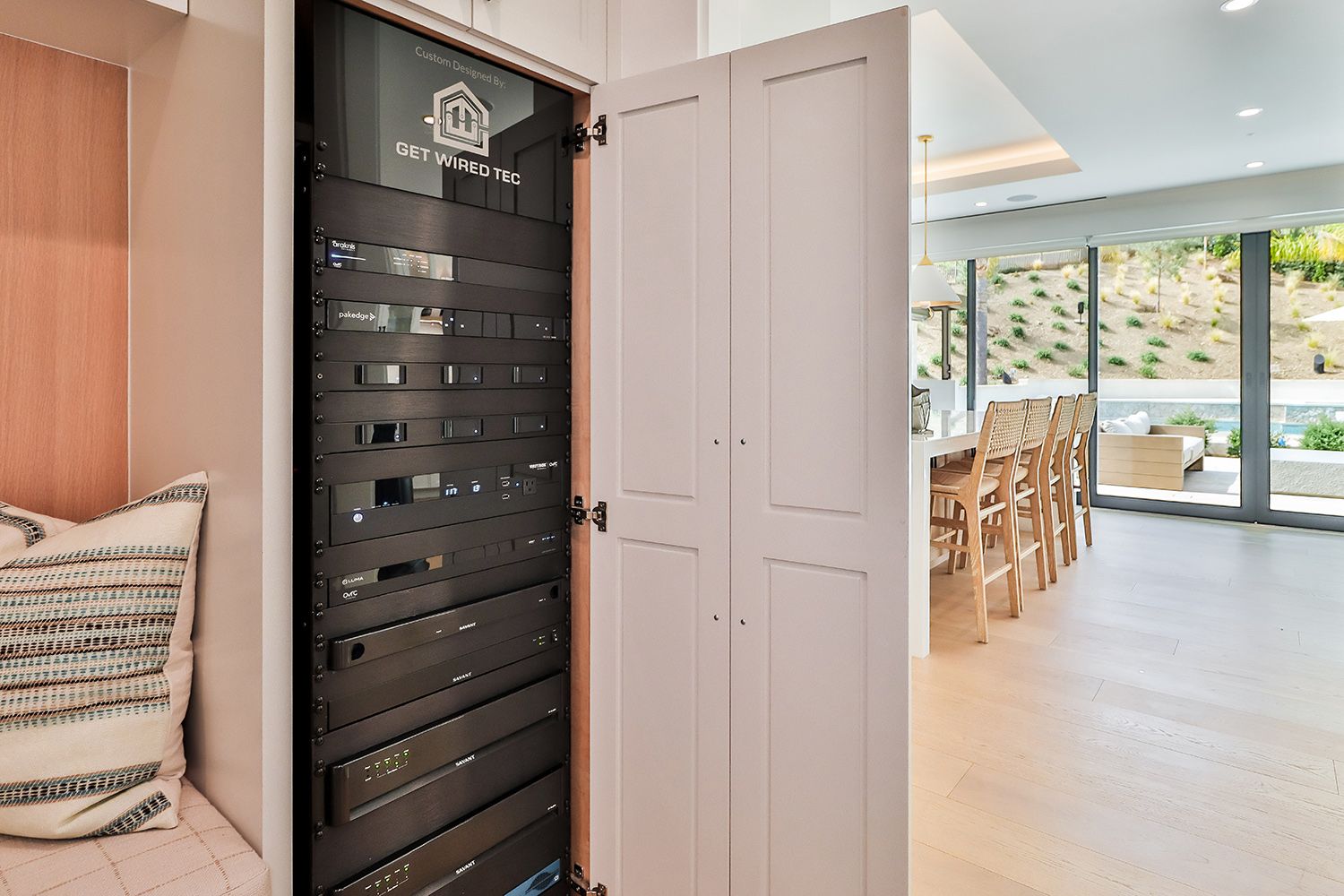
Our Attention to Craftsmanship
At Get Wired Tec Inc., we stand as a beacon of home automation expertise in Southern California, with over twenty years of experience paving the way for exemplary home technology solutions in your Los Angeles or Ventura County area home.
Our dedication to craftsmanship is evident in the sophisticated smart home design, installation, and integration of essential systems that streamline your daily life.
Choose Get Wired Tec for a partner who is devoted to 100% customer satisfaction, offering the best solutions that align with your desires and financial plan. Reach out to us and take the first step towards bringing your project vision to life.
Service Areas
Los Angeles | Beverly Hills | Brentwood | Bel Air I Malibu | Manhattan Beach I Santa Monica | Pacific Palisades | Calabasas | Hidden Hills | Lake Sherwood | Sherman Oaks | Encino I Woodland Hills | Simi Valley | Thousand Oaks | Westlake Village | Camarillo | Ventura I Santa Barbara
Sophisticated Solutions for Modern Living
Infuse your Los Angeles, Santa Monica, or Malibu-area home with the latest in technology, from lighting control to whole home audio video systems, offering you the luxury of control right from your chosen device.
Discover Our Latest Projects

WE ARE PROUD TO BE A HTA CERTIFIED COMPANY
Schedule a Consultation
Embark on a journey towards a smarter home. Share your vision with us, and we'll bring it to life. Reach out for a consultation to explore the possibilities and chart the course for your home's transformation. Contact Get Wired Tec now for details and to take the next step forward.

